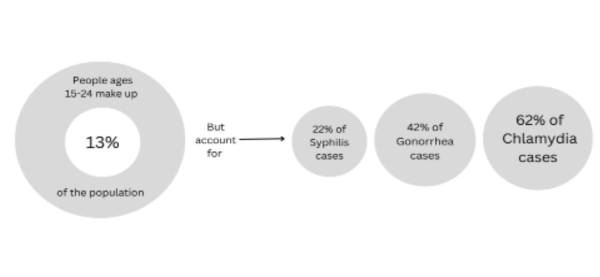Is Miami really going to be underwater in 2050?
There is a spreading idea that our beloved city is going to be submerged under the same turquoise waves that gave it its distinguished value. But to what extent can we trust that this claim is credible in the eyes of science and logic?
It is no secret that the rapid development of global warming will continue to have drastic effects on the topographical state of the world; but the claim that Miami will soon sink underwater is one that should raise eyebrows.
The origin of this notion can be largely attributed to author Jeff Goodell’s 2013 “Rolling Stones” piece titled “Goodbye Miami.” After seeing the effects of Hurricane Sandy, Goodell decided to investigate how climate change and rising sea levels will affect South Florida. After extensive research, he highlighted three key factors: Miami is just three feet above sea level, it is built on limestone, which prevents the building of walls since water will eventually seep through, and its officials are in deep denial about the effects of climate change.
After the article was published, hundreds of news stations, online media outlets and independent bloggers began reporting on it. They aroused panic among citizens of the city and called for outrage against the city officials who refused to take these claims seriously. As a result, city officials began raising streets and installing pumps throughout Miami Beach in late 2014, with the most flood prone areas being prioritized. This call to action would seem as though Miami still had a viable future, but, after various natural disaster attacks on the city, it’s tough to say whether these tactics will be enough.
“When I wrote this piece in 2013, I imagined Miami still had time to come to terms with its watery future,” Goodell said. “Now, in the aftermath of Hurricane Harvey and Irma, I’m not so sure.”
According to Miami-Dade County, sea levels are expected to be 10-17 inches higher in 2040 than they were in 2000, an average of one inch every three years. If these predictions are accurate, and nothing is done to accommodate them, that would mean that 10 percent of South Florida will be underwater in the next four decades. If this trend continues until 2100, when sea levels will rise approximately five to six feet, about one-third of Miami-Dade will be covered by water, leaving over 800,000 residents displaced.
Though the future seems doomed, Miami officials do have plans to help combat the effects. Two programs are currently put in place to deal with these issues: the Miami Beach Sustainability Plan and the Miami-Dade County Sea Level Rise Strategy.
The stability plan aims to target a variety of climate control initiatives such as green building and housing, alternative transportation, solid waste management and energy conservation.
Although they are all good concepts, the reality of their implementation is too optimistic. Even if some of these ideas get put into action, executing them efficiently would take years. Moreover, until their services become mainstream, they would work on a small scale, not profound enough to make any real impact.
But the main issue with the Miami Beach Stability Plan is that it targets climate change as a whole, with broad initiatives on how to slow it down, rather than focusing on the main issue of rising sea levels that are threatening our coast and city.
This is where the Miami-Dade County Sea Level Rise Strategy comes into play. One method is to raise infrastructure on artificial “fill” or compact soil mining in order to elevate the land.
Another strategy details building on stilts. This would allow water to flow underneath buildings without harming them. The MDC-SLRS also details ways in which the city could use rising sea levels to its advantage such as expanding greenways, land trails for biking and walking, and blue ways, water trails for canoeing and kayaking, through the development of waterfront parks in the most flood-prone areas.
While projects like these would help adapt towards Miami’s evolving landscape, none of them can hope to prevent it. The reality is that climate change is inevitable in today’s world and the effects of it, at this moment in time, seem somewhat unstoppable.










